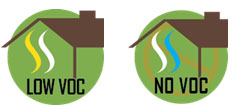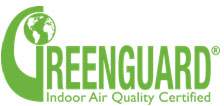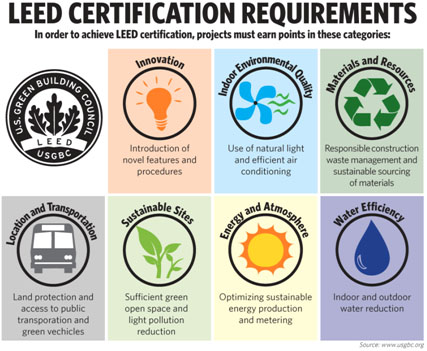The Environment
Choices Wholesale Flooring Solutions is committed to the environment and your Health. It’s YOUR health, and you should understand the impact of what your buying.
Rethink + Reuse + Recycle = Responsibility
Everyone has heard that Volatile Organic Compounds (VOCs) can be unhealthy and harmful. We’ve all heard how dangerous VOCs can be, especially in the last few years. But what exactly are VOCs and what do they have to do with flooring? Let’s have a real talk about VOCs in flooring, specifically in engineered wood flooring.
What are VOCs?
VOCs are naturally found in many building materials and home products, including hardwood floors.
It’s important to know that VOCs are organic compounds and can be found naturally, but can change quickly and turn harmful. What makes some organic compounds potentially dangerous is their ability to quickly turn into vapor or gas. These types of organic compounds are VOCs, volatile compounds. Once these compounds turn into vapors or gas, they create indoor air pollution and cause the unhealthy side effects we’ve all heard about.
VOCs can be found in a couple of things in your home, including building materials and everyday household products. Volatile organic compounds are found in adhesives, air fresheners, fabrics, paint, markers and many cleaners. But don’t panic! Look for these products labeled as “low VOC” or “no VOC”. Different certifying organizations typically approve these products before they can be sold as safe. Learn more about the labeling of products relating to indoor air quality and volatile organic compounds from the EPA, here.

All certified No-VOC products emit less than 0.001ppm (parts per million) volatile organic compound chemicals.
VOCs in Flooring
Now that we know what they are, how do VOCs relate to wood flooring? Really, it’s the adhesives used in laminate and engineered flooring that can off-gas volatile organic compounds. Because of the adhesives, formaldehyde is one of the most common VOCs in flooring.
What’s Formaldehyde?
Formaldehyde is natural, it occurs naturally in almost everything. Common products that emit formaldehyde have adhesives that bind different layers. Engineered flooring, laminate flooring, insulation, varnishes and certain upholstery all contain adhesives that emit formaldehyde. When buying products that are known to emit formaldehyde, check if the products are certified and are made with certified resins.

FloorScore®
What is FloorScore® IAQ Certification?
When it comes to indoor air quality, a primary concern is the emission level of specific volatile organic compounds (VOCs). FloorScore® IAQ Certification means that a flooring product is independently certified by SCS to comply with the volatile organic compound emissions criteria of the California Section 01350 Program.
Hundreds of resilient hard surface flooring materials and their adhesives bear the FloorScore® seal. This seal tells you that the products have been independently certified by SCS to comply with the volatile organic compound emissions criteria of the California Section 01350 Program ( California Standard Method for the Testing and Evaluation of Volatile
Organic Chemical Emissions from Indoor Sources Using Environmental Chambers, Version 1.2 ). Any product that has met these stringent standards is a product that will contribute to good indoor air quality. The FloorScore® certification means healthier, cleaner air. And that means healthier humans.



